Most Popular
Korean History
-
1
2014 ferry disaster left scars that never healed
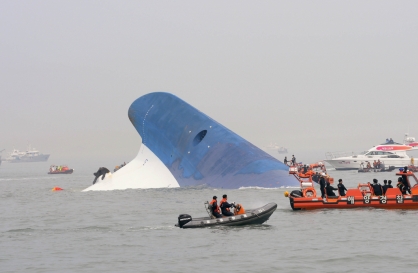
-
2
In 2012, K-pop makes leap from 'Gangnam' to the world

-
3
Deadly sinking of Navy ship in 2010 marks worst postwar military disaster
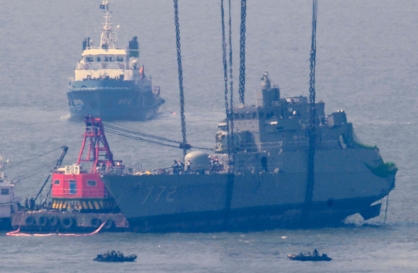
-
4
In 2008, Korea's National Treasure No. 1 went down in flames
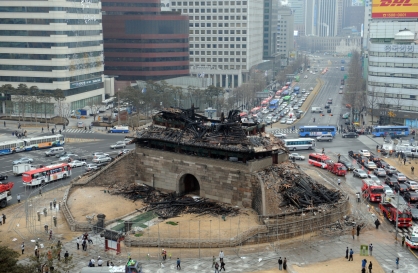
-
5
In 2005, science world’s biggest scandal unravels in Seoul
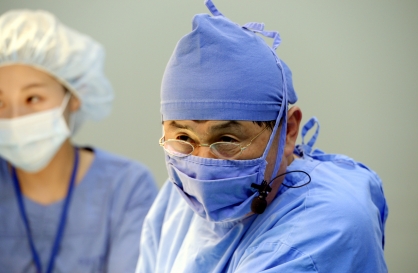
[Korean History] Revisiting the 1983 Rangoon Bombing
North Korean attack kills the South's top economic policymakers, but misses main target President Chun Doo-hwan
By Jung Min-kyung
Published : May 10, 2023 - 14:29
The mid-80s were a harrowing time for South Koreans, marked by traumatic events that shook the entire nation.
The shock of the Korean Air Flight 007's shot down by a Soviet missile on Sept. 1, 1983, which killed all of its passengers and crew, was compounded by another horror, just a month later, at the hands of communist forces in the northern part of the peninsula.
On Oct. 9, in Myanmar’s capital of Yangon, a bomb went off, killing key members of South Korea’s economic team led by the acting prime minister, in what is now recorded as the Rangoon Bombing.
The attack was aimed at South Korean President Chun Doo-hwan and was carried out by North Korea, it was later revealed.
The bombing
President Chun arrived in Rangoon, present-day Yangon, on Oct. 8, 1983, on a state visit to the Asian country. It was the first leg of his six-nation tour of Asia and Oceania.
The first official schedule in his itinerary there was a visit the following morning to the Martyrs' Mausoleum where Aung San, one of the founders of independent Burma who was assassinated in 1947, is laid.
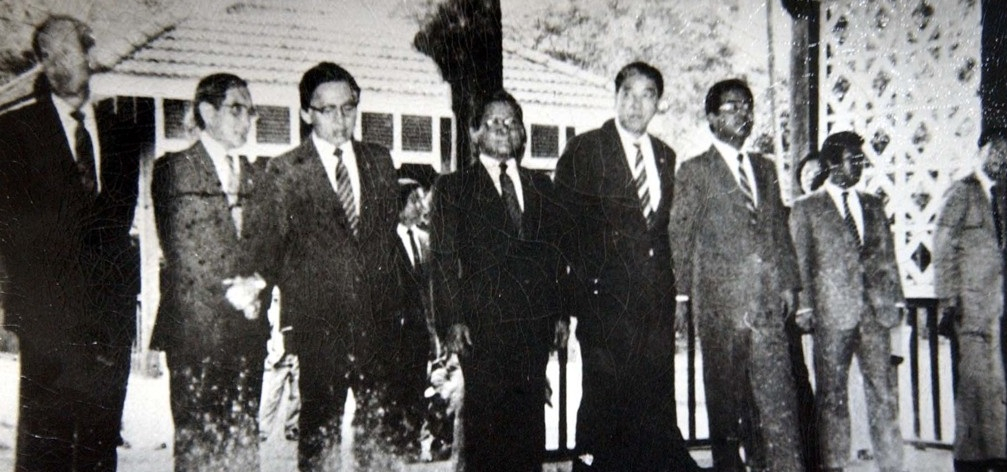
At around 10:30 a.m. on Oct. 9 at the mausoleum, some 20 South Korean officials stood in two rows, all set for the imminent arrival of the chief.
The group consisted mostly of high-ranking Korean government officials and politicians including Deputy Prime Minister Seo Seok-jun, Minister of Foreign Affairs Lee Beom-seok, Minister of Commerce and Industry Kim Dong-hwi, Minister of Power Resources Suh Sang-chul and Presidential Chief of Staff Ham Byeong-chun. Burmese officials and Korean journalists were also present.
Everything seemed to be going according to plan.
Then, a bomb went off.
The blast killed 17 South Koreans and four Burmese officials. It left more than 40 wounded.
Chun, the target of the attack, however, was unharmed, because he hadn’t arrived at the site yet. He was delayed by a traffic jam.
An investigation later revealed that the attackers detonated the bomb after hearing the presidential bugle ring out. They took it as a sign of Chun’s arrival, unable to procure a clear view of the site. It, however, was a test-run, conducted a few minutes ahead of the president’s delayed arrival.
The Korea Herald issued a special edition to cover the shocking news of the attack, in which one of its reporters was also hurt. The next day’s regular issue, or the Oct. 11, 1983, edition, devoted the front page to it, with the top story titled, “4 Cabinet ministers, 12 others killed in Rangoon mausoleum explosion.”
While the culprits behind the attack were yet to be identified at the time, Chun strongly accused North Korea for it, the article shows.
“In a statement issued when he returned to Seoul early yesterday morning, the president said, ‘No one in the world can doubt the crime was committed by North Korean communists who are irrational, inhumane and well-known murderers who employ violence to cause bloodshed,'” it reads.
Chun added that “Pyongyang has persistently committed provocations to sabotage the peace and security of the nation.”
Chun canceled the rest of the planned Asia tour and returned home shortly after the attack. And a recovery team was dispatched to Myanmar to bring back the bodies of the Korean victims, the article says.
North Korea involvement
Myanmar’s authorities soon identified three North Koreans as culprits behind the attack.
Suspects Kang Min-chul, Kim Jin-su and Shin Ki-chul were all North Korean military officials. Police investigation showed that they had received the explosives in a North Korean diplomatic mission after secretly entering Yangon through a cargo ship.
After the blast, Kang and Kim attempted to commit suicide while being chased by local police. Both of them managed to survive, however, though severely injured.
The third suspect, Shin, was shot dead after resisting and killing three soldiers in the process.
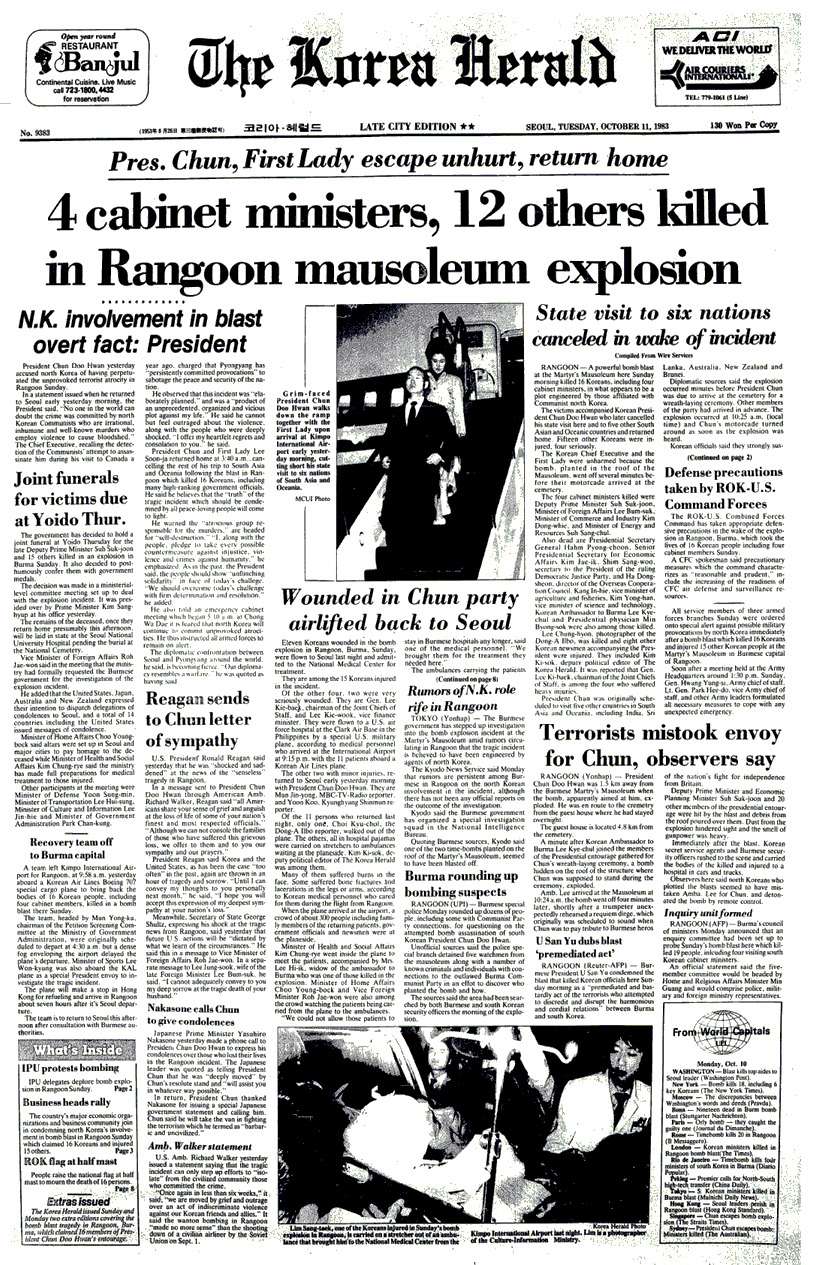
Kim was later executed by hanging. He refused to admit his links to North Korea to his death.
Kang was sentenced to life after confessing his links to North Korea and that he acted on order to assassinate Chun. He died of cancer on May 18, 2008, at the age of 53.
North Korea continues to deny any links to the criminals.
Diplomatic chaos
Myanmar established diplomatic ties with both Koreas in 1975.
Angered by the act of terrorism at the national founder’s mausoleum, it cut off its diplomatic relations with the fellow socialist nation. The ties were not recovered until some two decades later.
“After Myanmar’s investigation identified the perpetrators, diplomatic relations were quickly broken off (and not resumed until 2007),” writes a 2017 report released by the Korea Institute for National Unification.
“Though not a member of ASEAN at the time, Myanmar’s experience at the hands of North Korea shocked its Southeast Asian neighbors.”
A total of 69 countries around the world launched criticisms on North Korea and several other nations besides Myanmar, including Costa Rica, decided to sever ties with the North.
Hostility between the two Koreas was tangible, far beyond harsh rhetoric and occasional skirmishes along the border.
Still, the bombing was a shock for many South Koreans in that the North would go to the extent of detonating a bomb overseas to kill their leader.
It wasn't the first attempt to remove a South Korean leader, however. In 1968, 31 North Korean commandos on a mission to kill then President Park Chung-hee were stopped just a few hundred meters away from the presidential residence in Seoul.
Unfortunately, the Rangoon attack wouldn't be the last time that innocent South Koreans lost their lives in an act of terrorism by North Koreans.
Four years later, two North Korean agents would blow up Korean Air Flight 858 midair, killing its entire passengers and crew.



![[Exclusive] Korean military set to ban iPhones over 'security' concerns](http://res.heraldm.com/phpwas/restmb_idxmake.php?idx=644&simg=/content/image/2024/04/23/20240423050599_0.jpg&u=20240423183955)

![[Graphic News] 77% of young Koreans still financially dependent](http://res.heraldm.com/phpwas/restmb_idxmake.php?idx=644&simg=/content/image/2024/04/22/20240422050762_0.gif&u=)



![[Pressure points] Leggings in public: Fashion statement or social faux pas?](http://res.heraldm.com/phpwas/restmb_idxmake.php?idx=644&simg=/content/image/2024/04/23/20240423050669_0.jpg&u=)















